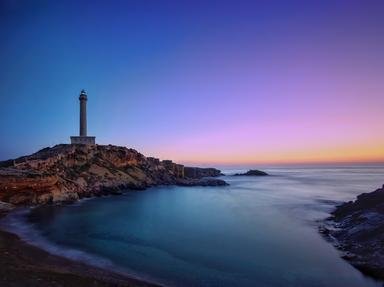Quiz Answer Key and Fun Facts
1. Millions of immigrants landed in New York City on their way to a new life. When was Ellis Island first opened as an immigration station?
2. In 1892, the SS New York and SS Paris began American-flag express passenger service across the Atlantic - but it took an Act of Congress because these ships were:
3. By the early years of the 20th century, there were very few American-flag passenger ships on the Atlantic. Yet, an American-financed business controlled many European shipping lines. This organization was:
4. After buying control of the White Star Line in 1902, American investors could not acquire the Cunard Line. What stopped them?
5. During the 1920s, the SS Leviathan was the largest American-flag passenger ship on the seas. This was unusual because:
6. Give and take: SS Leviathan once lost about 11,000 tons. What happened to her? (HINT to porthole-counters: I'm not saying whether that's gross register tonnage or displacement.)
7. For a time during the "Roaring Twenties", the Leviathan offered her passengers something very special indeed:
8. Captain Dollar founded a shipping line in 1900, to haul lumber. He added passenger service a few years later. In 1923, he began to name ships after American Presidents. What was the name of this shipping line, at least until 1938? (HINT to porthole-counters: the date is important.)
9. This line's service between the West Coast and Hawaii included ships named the Maui, Malolo, Monterey, Mariposa and ... Lurline? Ah yes, the lovely Lurline. Which line owned these ships?
10. The infamous Morro Castle and her sister-ship Oriente weren't "SS"s: they were "TEL"s. What do the initials "TEL" stand for?
11. Why is the Morro Castle sometimes called "infamous"?
12. George Washington (1909), Columbus (1922), President Grant (1907), President Lincoln (1907) ... these American-sounding passenger ships were built in:
13. The Leviathan briefly claimed to be the fastest passenger liner in the world, but she cheated.
14. The SS United States was preceded by a smaller, slower but similar-looking ship that entered service in 1940. She was the:
15. A luxurious vessel on her maiden voyage is in danger of sinking hundreds of miles from land. The sea is calm but empty. SOS is transmitted. Abandon ship! The band plays jazz to prevent panic. But ... the Chief Steward packs the lifeboats with roast chicken, fine wines and goodies from the galley. Within two hours, everyone is safely aboard the boats. About five hours later, a rescue ship arrives. On reaching port, the passengers are whisked away in limousines provided by the shipping line. No lives are lost; no one is seriously injured. It's not 1912, not the Atlantic, and she's definitely not the Titanic. It's 1922, in the Pacific, and she's the:
Source: Author
ignotus
This quiz was reviewed by FunTrivia editor
bloomsby before going online.
Any errors found in FunTrivia content are routinely corrected through our feedback system.
